Competitive Strategy and Innovation Case: Harley Davidson Inc. (2015)
VerifiedAdded on 2022/08/11
|20
|1387
|55
Case Study
AI Summary
This case study examines Harley Davidson Inc.'s competitive strategy and innovation in 2015, analyzing its resources, capabilities, and market position. The analysis includes an assessment of the company's strengths, such as its brand image, customer loyalty, and strong distribution channels, and weaknesses, such as slow manufacturing and a lack of product diversification. The study utilizes Grant's model, the BCG matrix, and Porter's Five Forces to evaluate the competitive landscape, threats, and opportunities. Recommendations include investing in effective marketing, expanding into new markets, and increasing the use of technology in manufacturing to address current and future challenges. The conclusion emphasizes the importance of the company's differentiation strategy, positive brand reputation, customer loyalty, and the need to adapt to changing market preferences and technological advancements.
1 out of 20

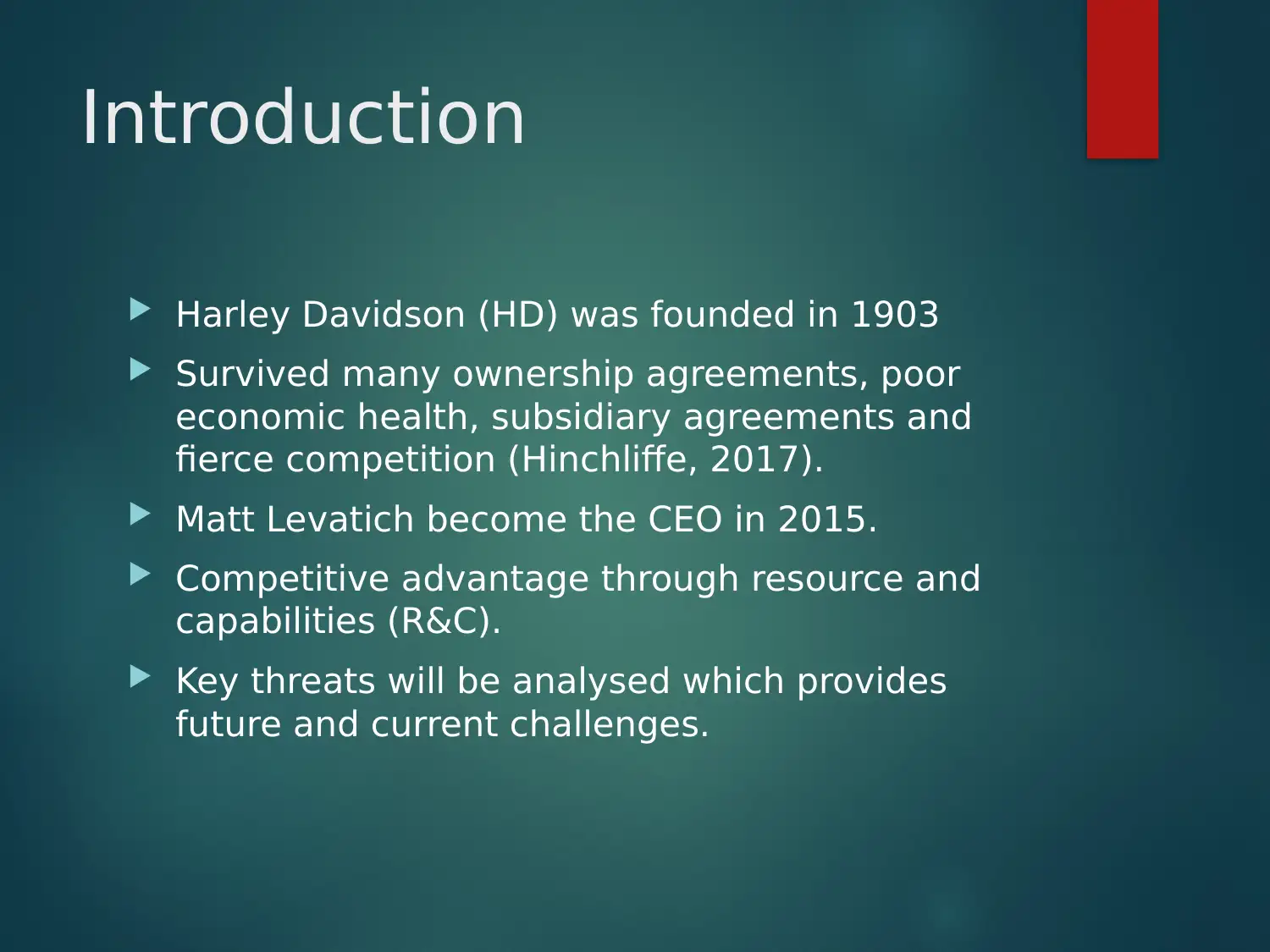
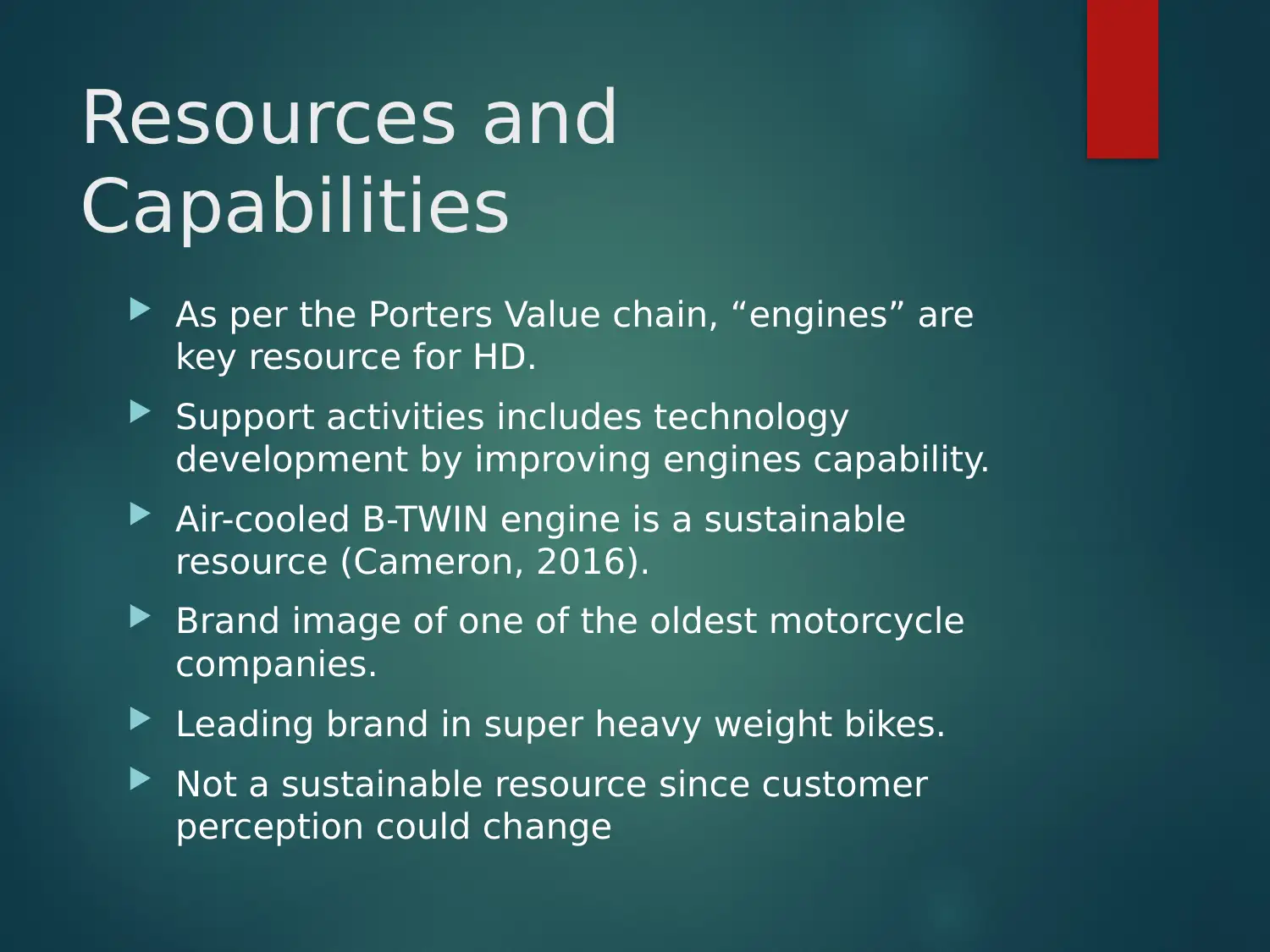

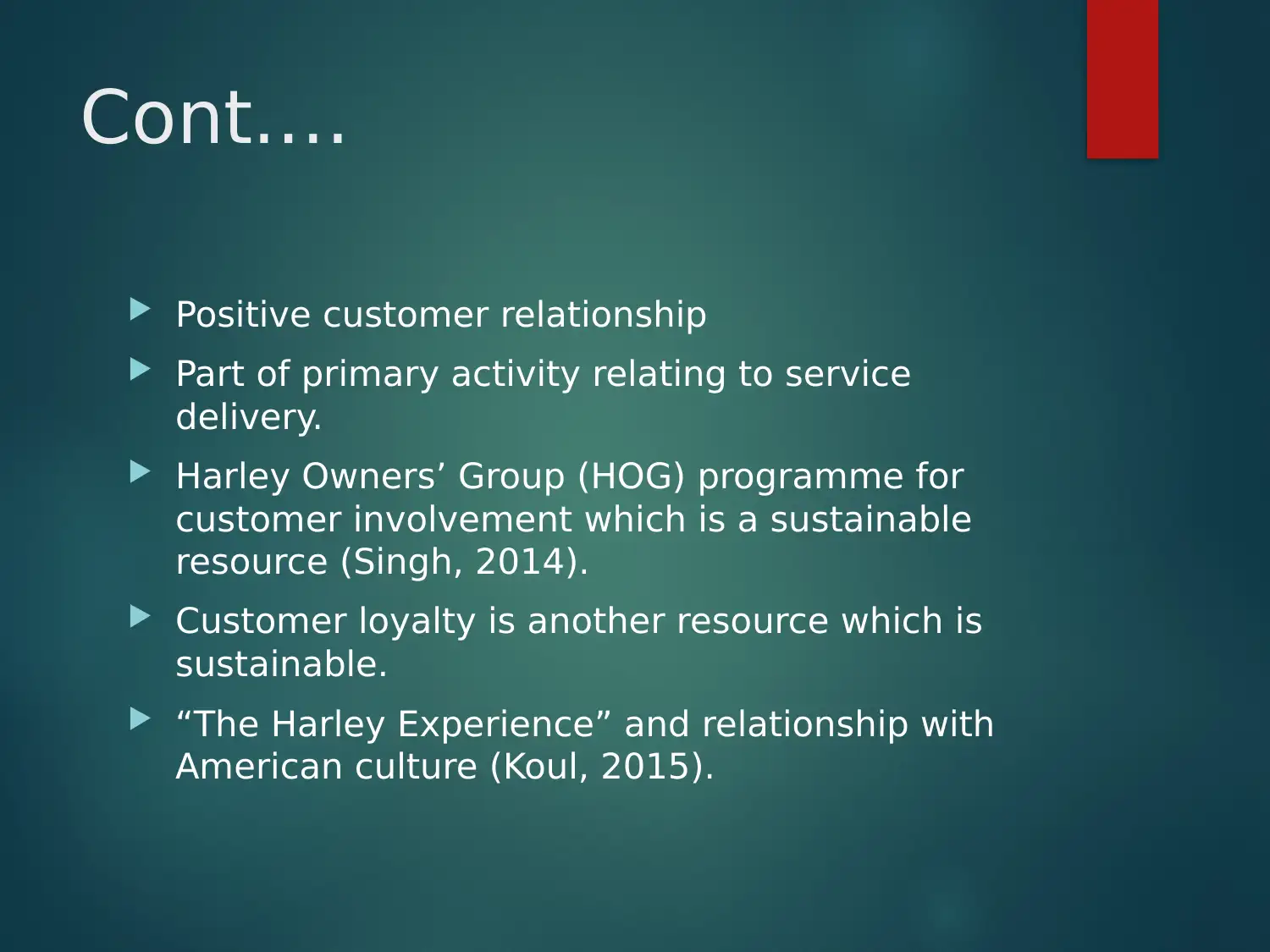
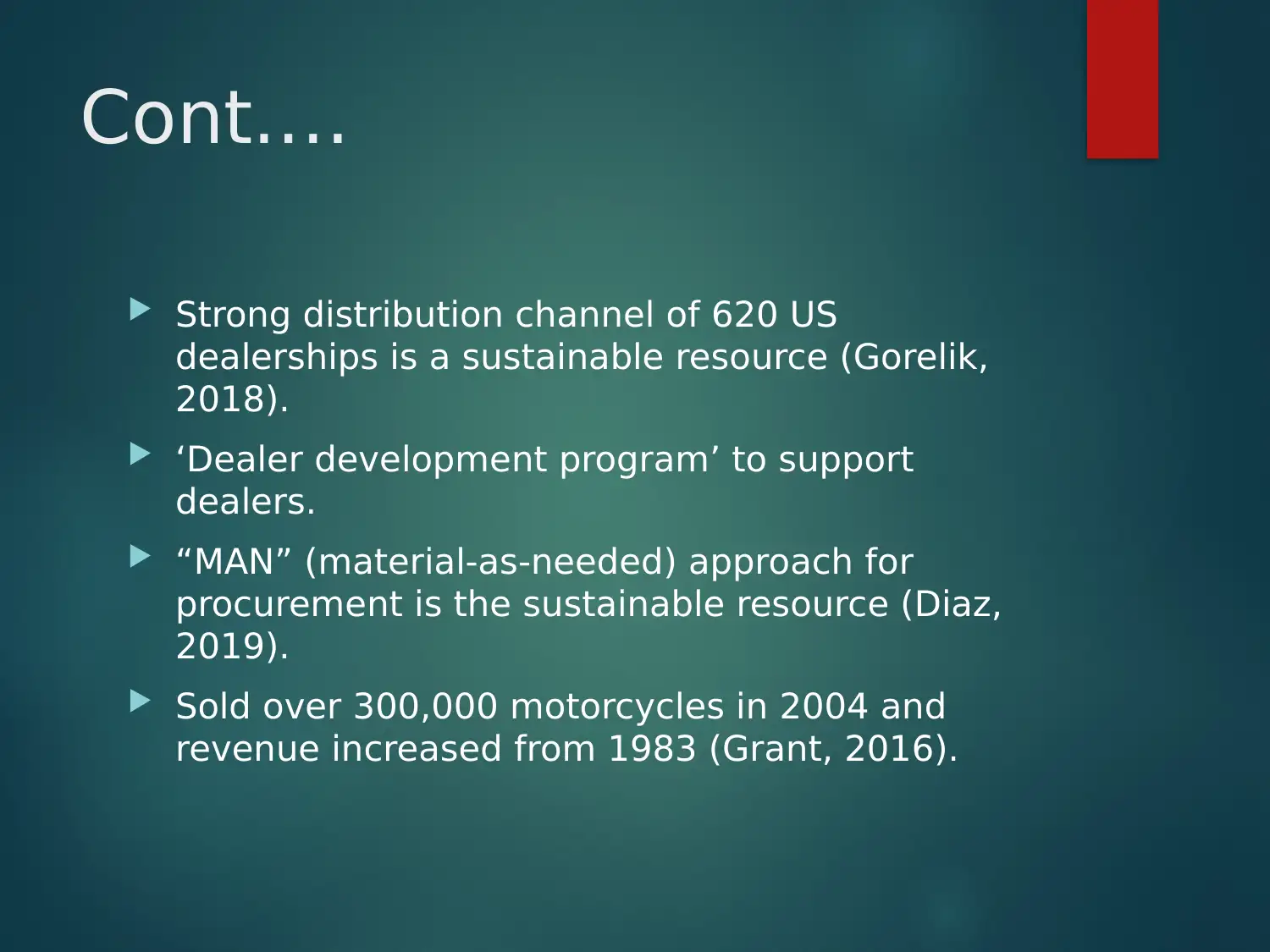
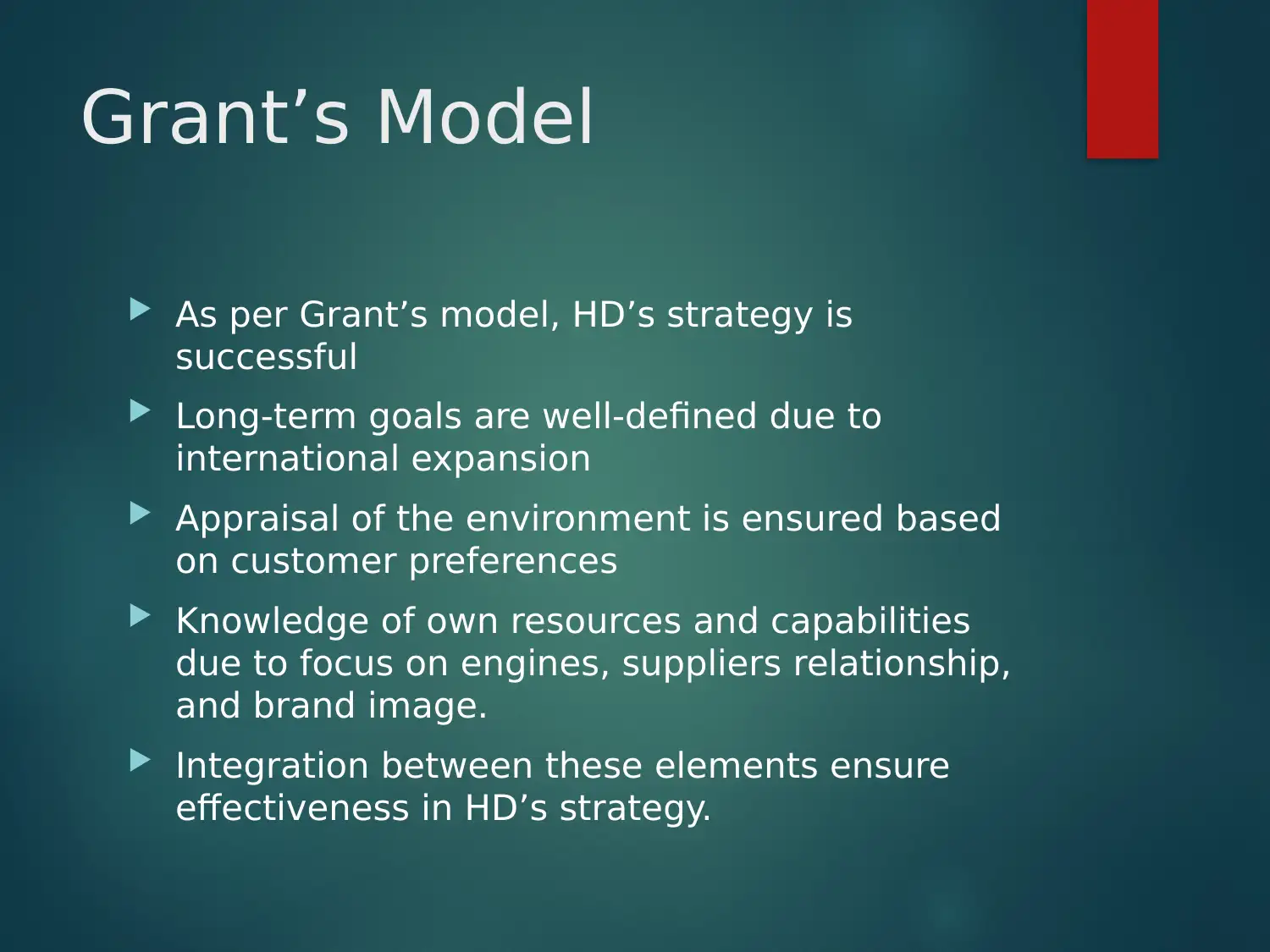
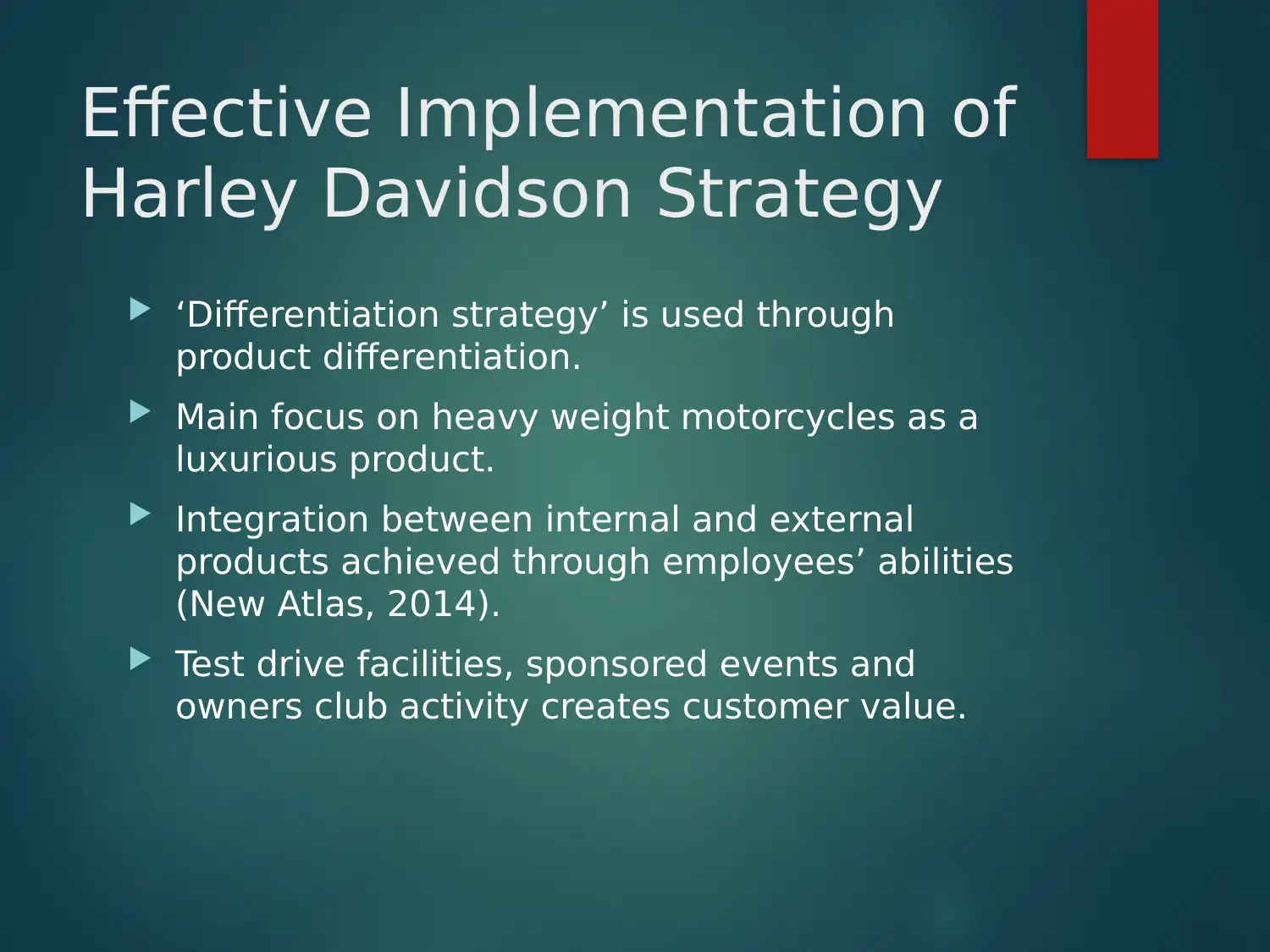
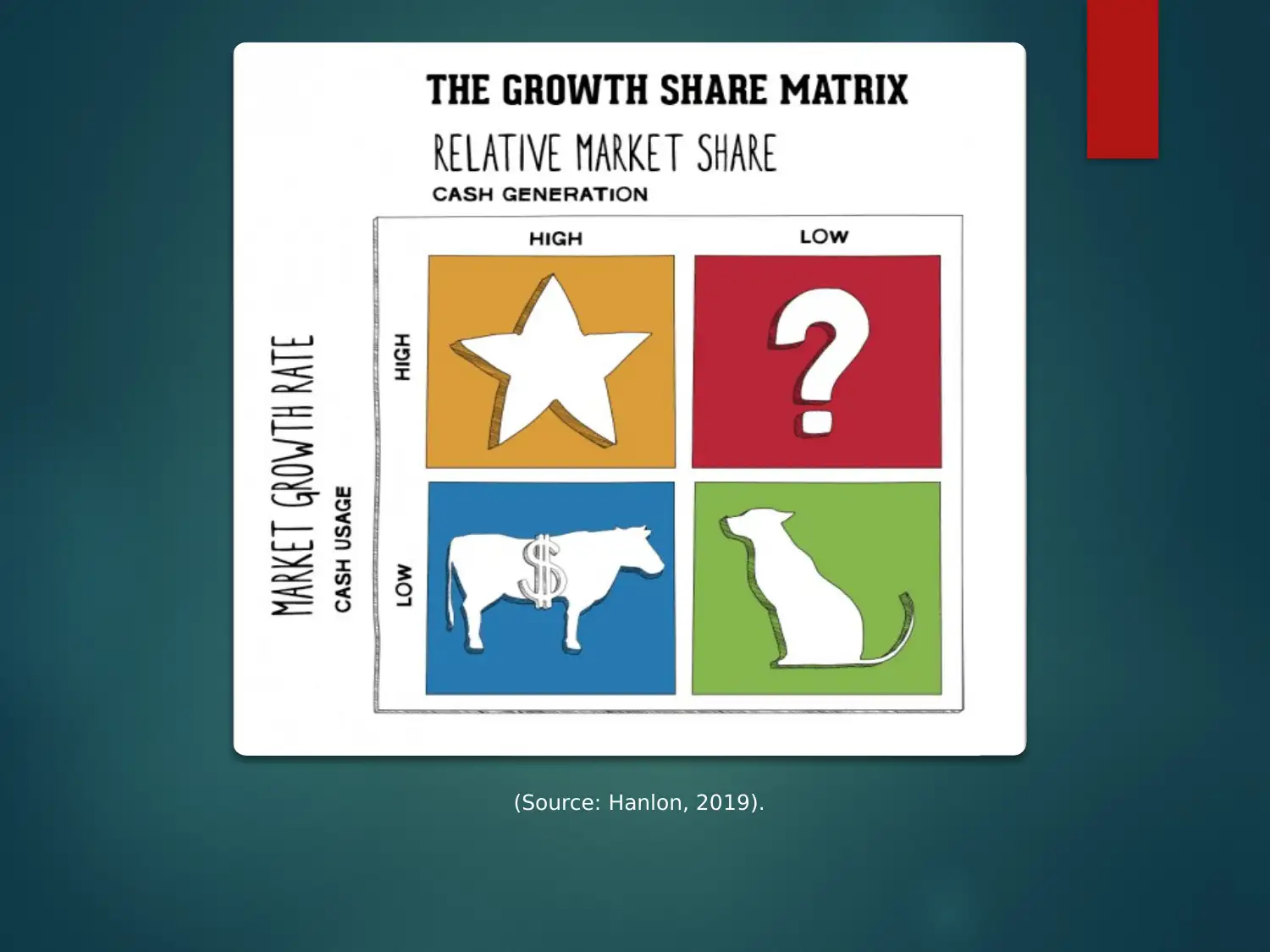
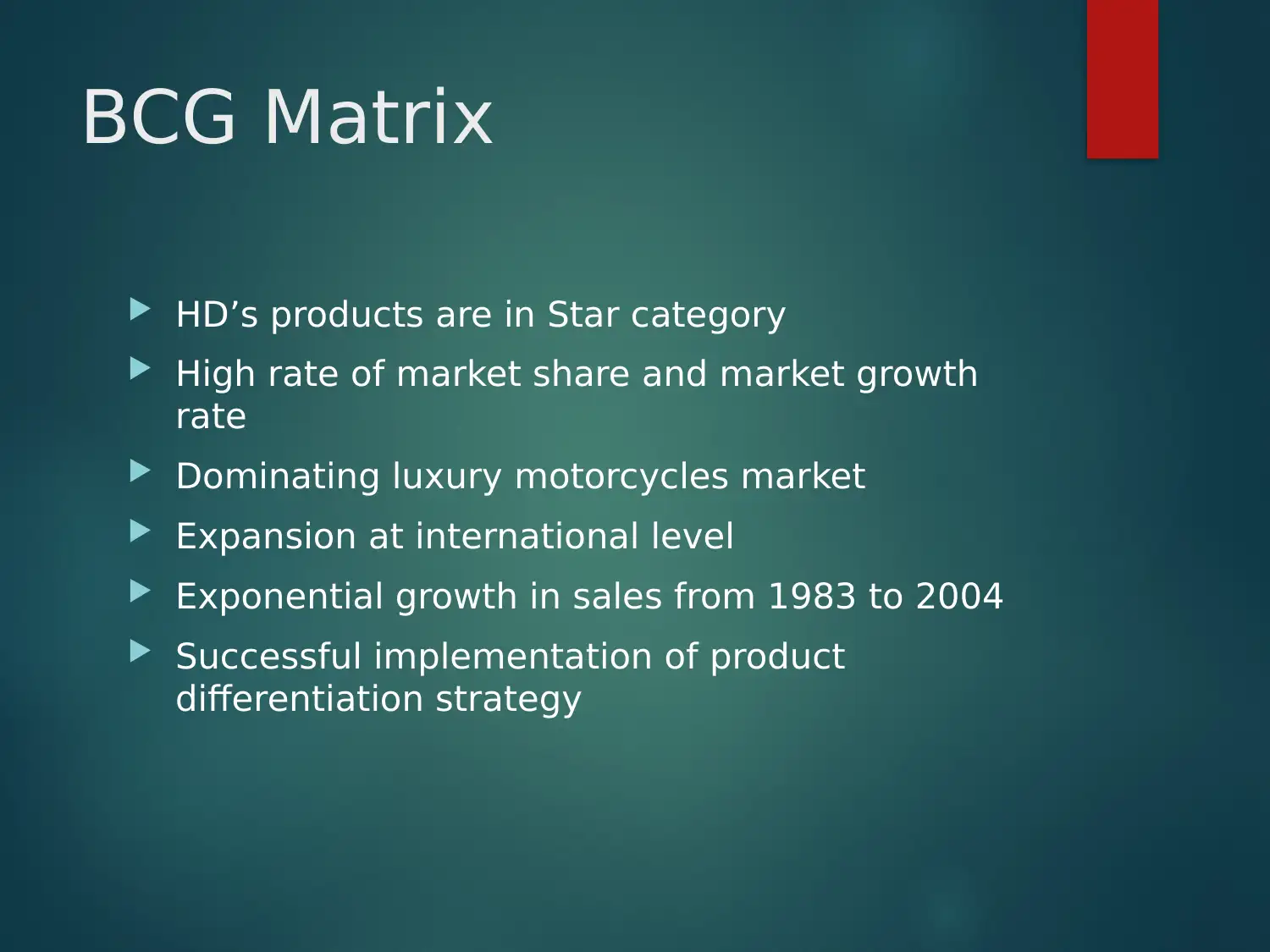
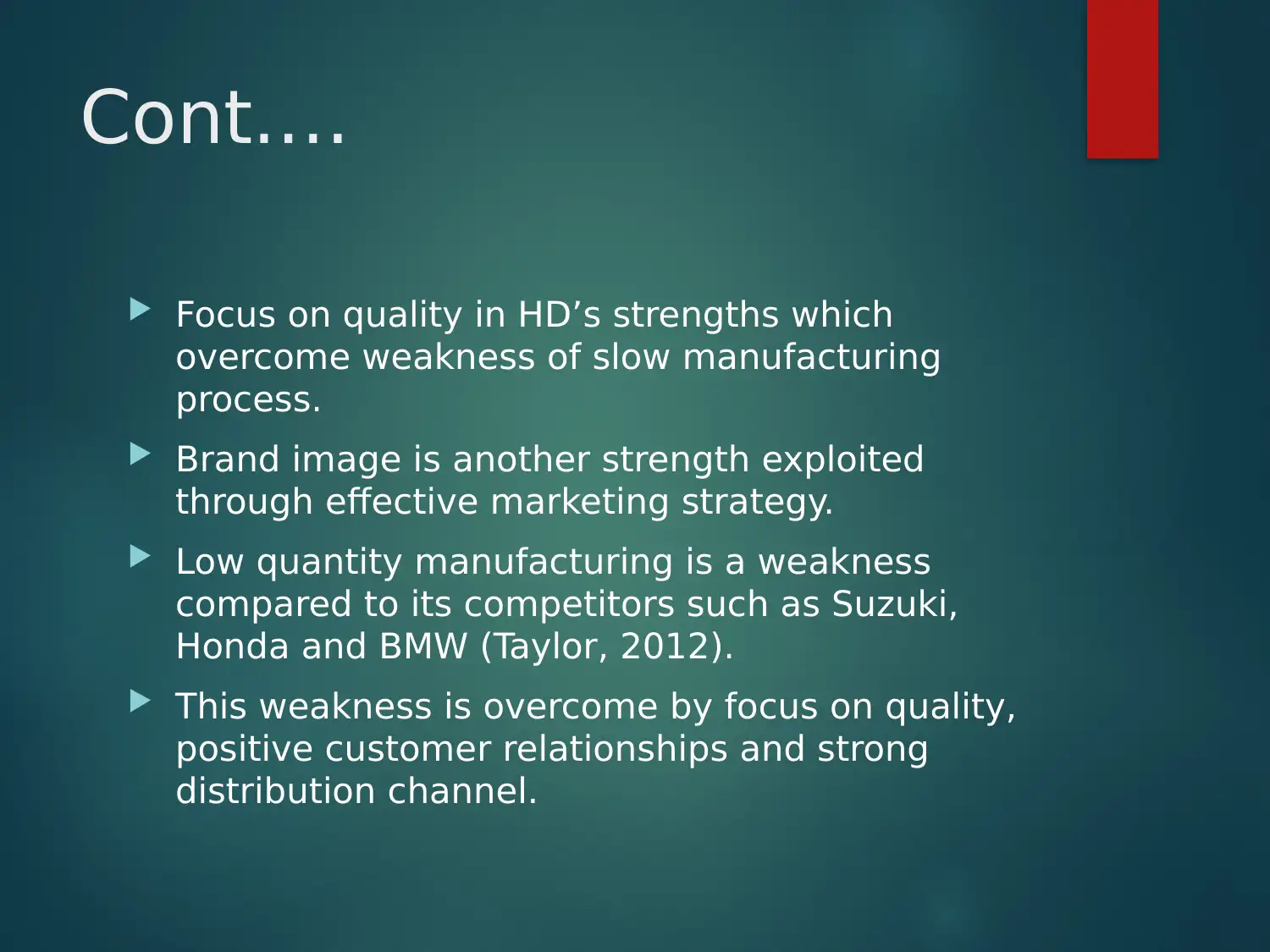
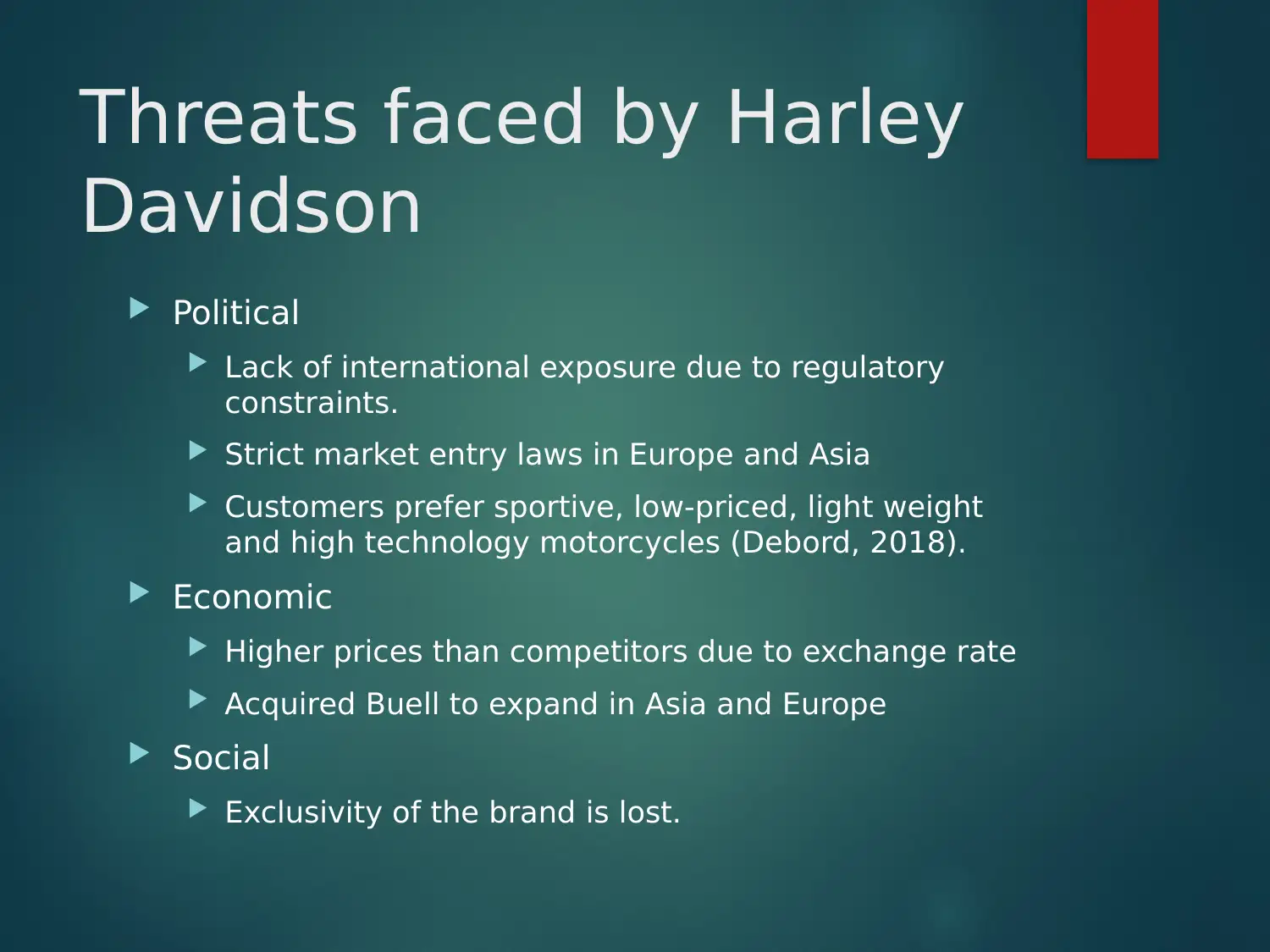
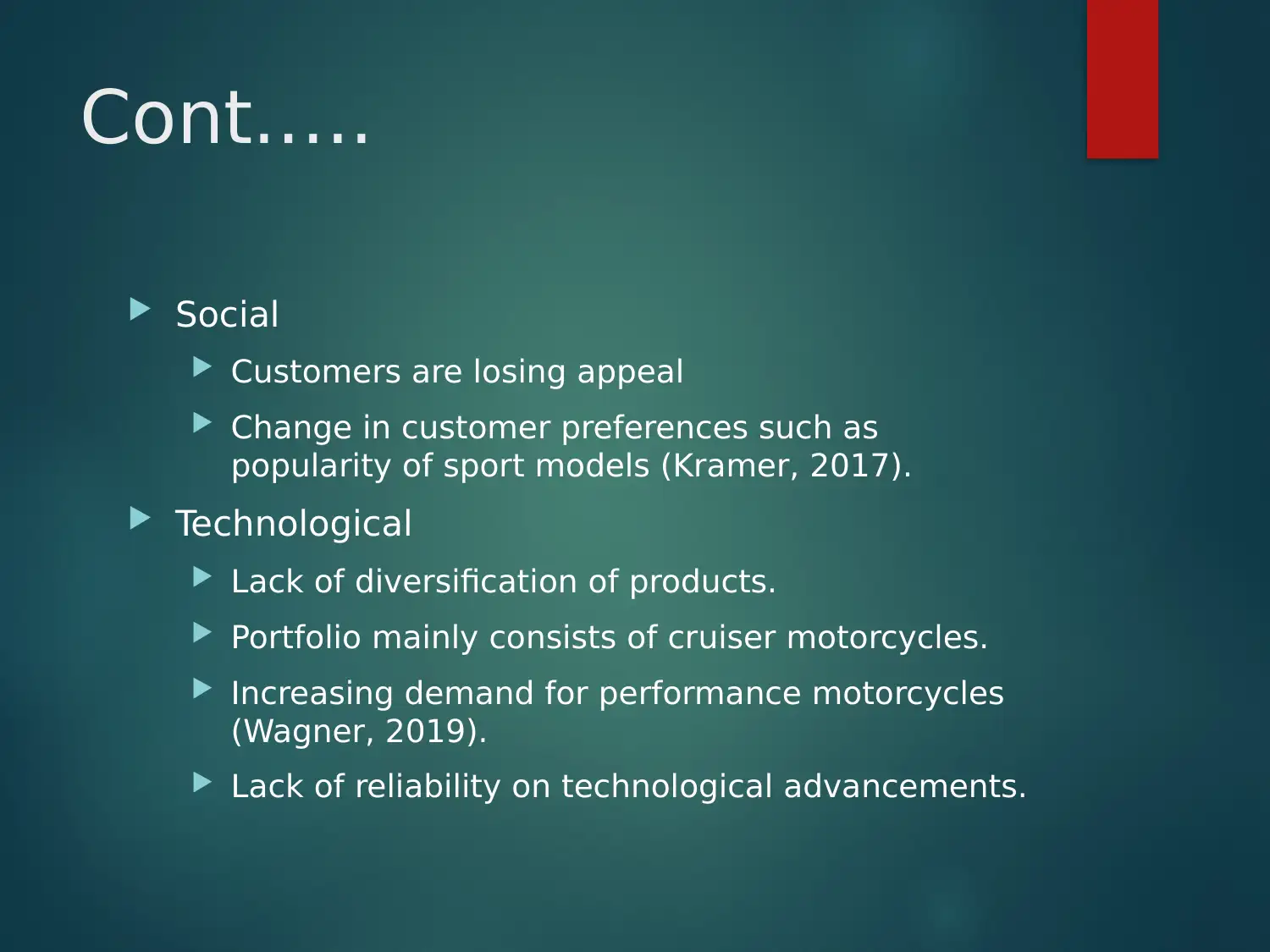


![[object Object]](/_next/static/media/star-bottom.7253800d.svg)